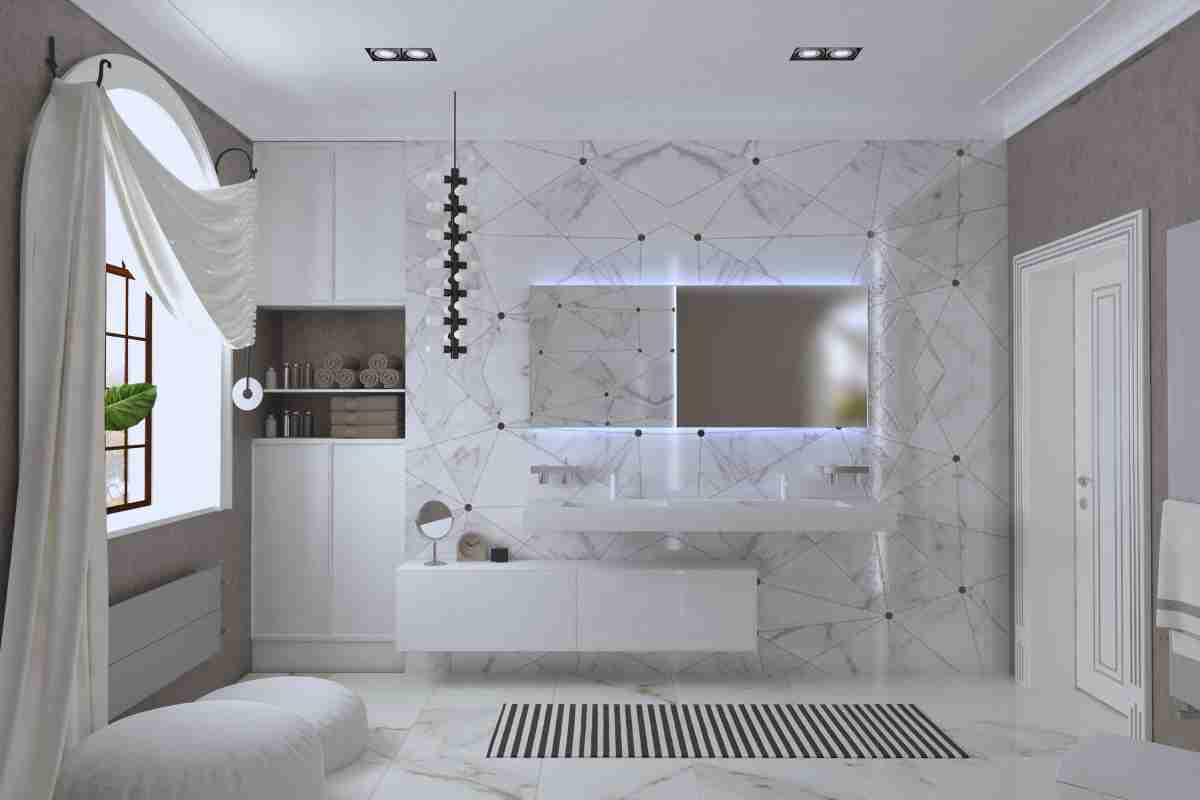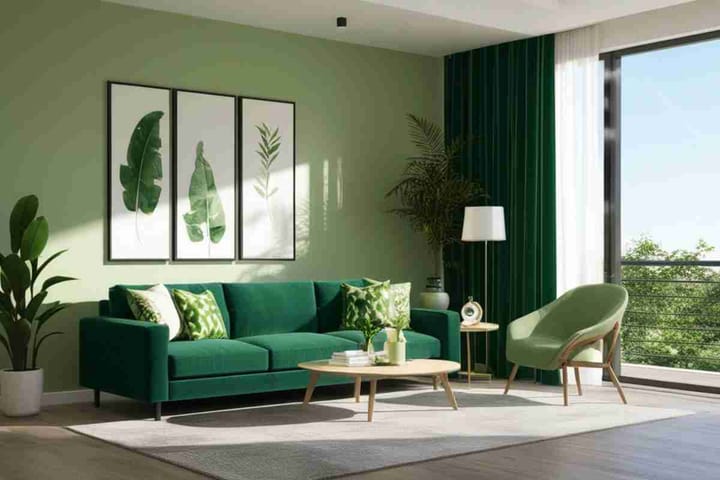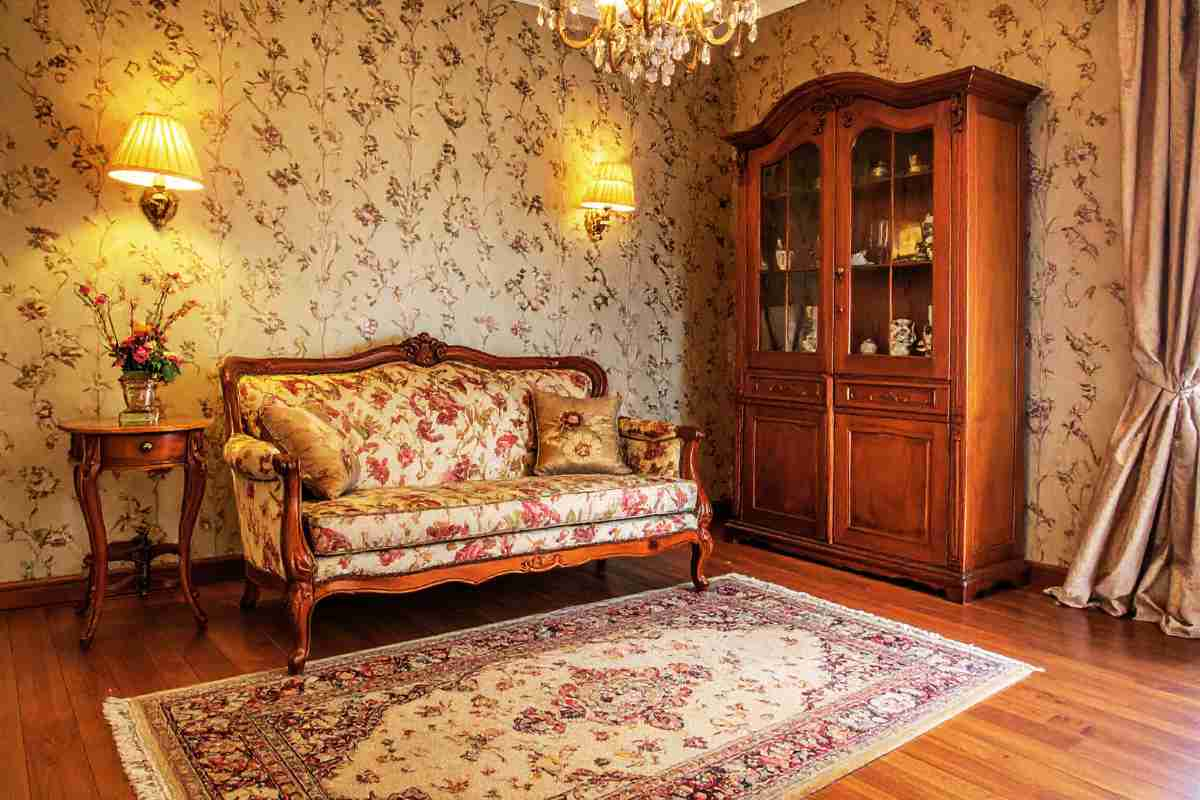Mastering Furniture Layout: How to Choose the Perfect Arrangement for Any Room
Arranging furniture can be tricky, but simple layout principles make it easier. Use these tips to create a functional and stylish space in any room.

Arranging furniture in a room isn’t always a simple task. With so many options for placement, it's easy to feel overwhelmed. However, learning some basic principles of furniture layout can help make the process much smoother. Whether you're moving into a new home or just looking to give your existing space a refresh, following some simple guidelines will ensure you end up with a functional and aesthetically pleasing layout.
Keep reading for tips on choosing the perfect furniture arrangement for any room.
Factors to Consider
When deciding on furniture placement, there are a few key factors to take into account:
- Room shape and size - Long, narrow rooms need different arrangements than square spaces. Measure the room and sketch it out to scale before purchasing any new pieces.
- Traffic flow - Map out high-traffic areas and make sure your layout allows for easy circulation. Entryways, doorways, and pathways should be kept clear.
- Furniture size - Pick pieces that are scaled appropriately for the room. Oversized or cumbersome items will make spaces feel smaller.
- Lighting - Natural light sources and lamp/overhead lighting locations will impact the arrangement.
- Purpose of room - A living room needs seating for conversation, while a home office requires desk space. Use should inform layout.
- Personal style - The arrangement should reflect your taste and design sensibilities. Don't be afraid to get creative!

Using Room Design Apps
If you're feeling unsure about how to pull off the perfect layout, have no fear - there are plenty of user-friendly apps out there to help you visualize options. A room designer app allows you to input your room dimensions, add virtual furniture pieces to scale, and move them around to experiment with different arrangements. Many also let you switch between wall colors or flooring options to get a feel for how your choices go together. While these apps can't guarantee design success, they are great for playing around with layouts before committing to a plan.
Focusing on Key Areas:
While furniture placement for an entire home may seem like a monumental task, it's easier to tackle if you concentrate on getting the most important areas right. Here's guidance on arranging some key spaces:
- Living Room - As the main gathering place in most homes, the living room layout deserves special attention. Start by identifying the focal point - this is often the TV, fireplace, or a beautiful view. Face the primary seating towards this spot to anchor the space. From there, define separate zones for conversation, media, and circulation. Floating furniture in the middle of the room can make it feel choppy, so push pieces to the walls or corners to keep the flow open. Leave about three feet around sofas and chairs so people can move around easily.
- Dining Room - The dining room is all about facilitating good flow and conversation. Center a table so diners can be seated on all sides, allowing at least three feet on all edges so servers can maneuver comfortably. Angle the table slightly to create a more engaging dining experience.
- Bedroom - Bed placement is the top priority here. Position the headboard against a solid wall if possible, allowing ample room to access both sides. Nightstands flanking the bed should have at least 18 inches of clearance. Dressers and other case goods can line other walls or corners, but leave a pathway clear between doorways and the bed so you aren't tripping over things at night.
- Home Office - Desk placement is key for a functional home office. Situate your workspace perpendicular to the entryway so you don't face any distractions when working. Leave a minimum 30-inch aisle behind the chair to keep the flow open. Position shelving, filing cabinets, and other furniture around the periphery, utilizing the walls rather than cluttering up floor space.
Try Different Layouts
Don't be afraid to experiment with different arrangements in a room until you find one that really works. Start by replicating the existing layout using a room designer app. Then try tweaking it - pull furniture away from walls, float key pieces toward the center, or turn things diagonally. You can always swap items back if something feels off. With a little trial and error, you'll land on a layout that is both functional and aesthetically pleasing.
Final Touches
With your furniture mapped out, there are a few finishing details that can really pull a room together:
- Direct sightlines to focal points - Your eye should naturally be drawn to highlights like fireplaces from primary seating areas.
- Harmonize motif and color palette - Tie the look together with cohesive patterns, materials, and hues.
- Incorporate lighting layers - Overhead, accent, and task lighting work together to make a space feel warm and bright.
- Add personal elements - Art, books, throw pillows and greenery infuse personality into the layout.
- Style surfaces attractively - Decorative objects, framed photos, and other accents lend a collected feel.
Arranging a room's furniture may seem challenging, but following basic principles of layout, focusing on key areas, and incorporating visual interest will ensure a cohesive, functional space. With some strategic planning and a dose of creativity, you can master the art of furniture layout for any room.




Comments ()